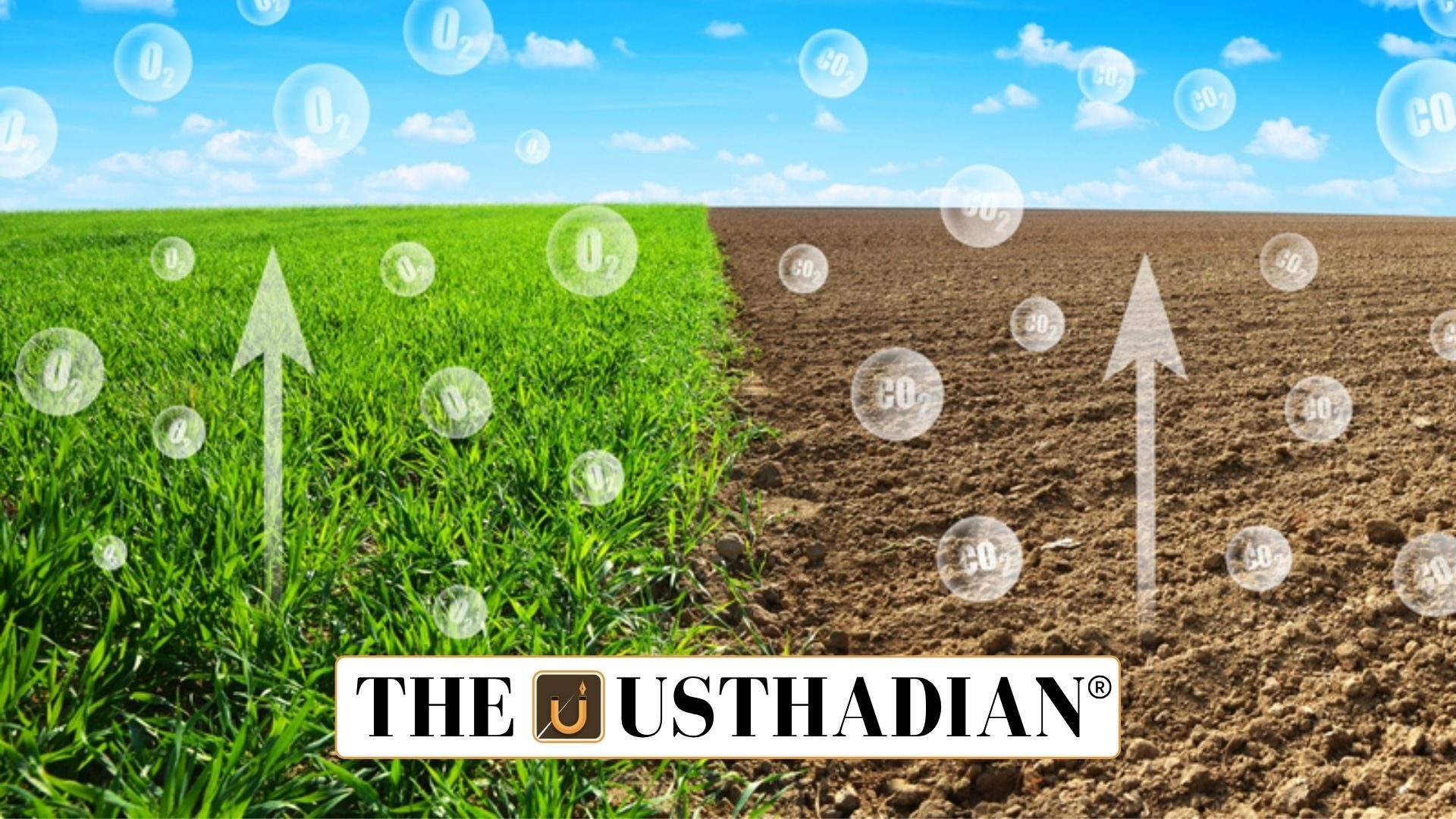Understanding Soil Organic Carbon
Assessing Soil Organic Carbon for Sustainable Agriculture: Soil Organic Carbon (SOC) forms roughly 60% of the soil’s organic matter. It consists of all living and dead organic material in the soil, including plants, soil organisms, and animal residues. Static GK fact: SOC does not include fresh, undecomposed plant material on the surface. Higher SOC improves soil fertility and increases heat absorption capacity.
Factors Affecting SOC
Temperature
SOC exhibits a negative correlation with temperature. As temperatures rise, organic carbon in the soil tends to decline. This indicates that climate plays a key role in maintaining soil health.
Fertiliser Use
Imbalanced fertiliser application has been observed to reduce SOC. In Haryana, Punjab, and Western Uttar Pradesh, excessive use of urea and phosphorus has negatively affected soil carbon levels. Static GK fact: Imbalanced fertiliser use can also impair soil microbial activity, further reducing organic matter decomposition.
Cropping Systems
Different cropping patterns influence SOC content. Rice-based and pulse-based systems generally contribute to higher organic carbon levels compared to wheat or coarse-grain systems. Rotational cropping with legumes is beneficial for SOC enhancement.
Micronutrients and Elevation
Soils with low SOC often show deficiencies in micronutrients such as zinc, iron, and manganese, while high SOC soils retain micronutrients better. Higher elevation lands usually possess greater SOC content due to cooler temperatures and slower organic matter decomposition. Static GK Tip: Elevation also affects water retention and soil texture, indirectly supporting organic carbon preservation.
Recommendations for SOC Enhancement
Plantation and Crop Cover
Promoting plantation and continuous crop cover is vital to maintain soil carbon. Soils should not remain bare, as continuous vegetation improves SOC through litter fall and root biomass.
Carbon Credit Incentives
Governments can incentivize farmers who successfully trap more CO₂ in soil. Converting atmospheric carbon into SOC can serve as an effective carbon credit system, rewarding sustainable agricultural practices.
Carbon Sequestration Practices
For soils with very low SOC, authorities should promote carbon sequestration strategies. This includes modifying cropping patterns, adopting legume rotations, and incorporating organic amendments. Static GK fact: Carbon sequestration in agricultural soils can also mitigate climate change by reducing greenhouse gas emissions.
Policy Integration
Integrating SOC management into agricultural policies ensures long-term soil health and productivity. Supporting research and extension programs by organizations like ICAR can guide region-specific interventions.
Static Usthadian Current Affairs Table
Assessing Soil Organic Carbon for Sustainable Agriculture:
| Topic | Detail |
| Definition of SOC | Carbon component (~60%) of soil organic matter including all living and dead material |
| Temperature Effect | SOC declines with rising temperature |
| Fertiliser Impact | Imbalanced urea and phosphorus use reduces SOC in Haryana, Punjab, Western UP |
| Cropping Systems | Rice and pulse-based systems enhance SOC more than wheat/coarse grains |
| Micronutrients | Low SOC soils show higher micronutrient deficiency |
| Elevation Effect | Higher elevation soils contain more SOC |
| Recommendations | Promote plantations, carbon credit incentives, carbon sequestration practices |








